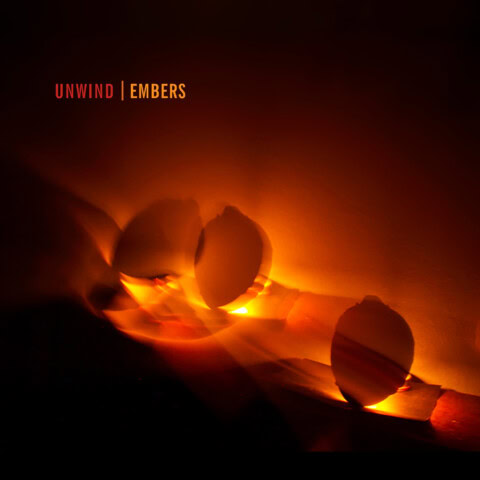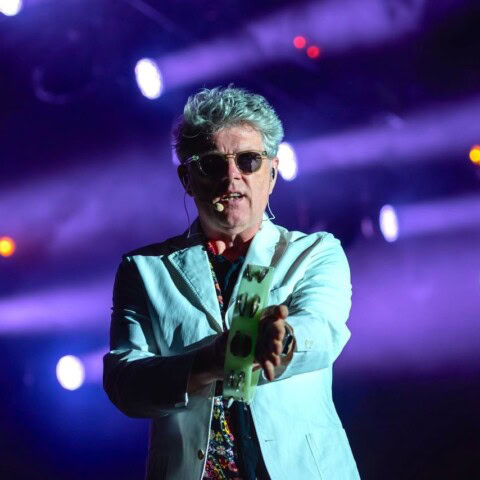Witchdoctor Rating
-
- 8/108/10
Summary
Elephant9 – Greatest Show On Earth (Rune Grammofon/Southbound)
If you’re bored with rock music tropes, then GARY STEEL beckons you to have a go at something a little out there: a progressive rock album from Norway!
 There’s something surprising about that much-maligned genre, progressive rock, that its average denigrator doesn’t know or understand: that there’s a world of incredible ‘prog’ beyond English bands like ELP, Genesis, King Crimson and Yes, and that a lot of the most fertile and febrile prog-influenced music came from Europe, where it continues to flourish in various shapes and forms to this very day.
There’s something surprising about that much-maligned genre, progressive rock, that its average denigrator doesn’t know or understand: that there’s a world of incredible ‘prog’ beyond English bands like ELP, Genesis, King Crimson and Yes, and that a lot of the most fertile and febrile prog-influenced music came from Europe, where it continues to flourish in various shapes and forms to this very day.
Those lucky enough to be able to devote huge chunks of their time and income to the task of excavating this incredible history – Italian prog alone is a lifetime’s study – will probably never trace their 1970s precursors to the present era, but here we are with Norway’s simply astounding Elephant9 who are on their fifth album already, and I’m kicking myself that I’d never heard of them before.
 Don’t expect the pomp and histrionics of the English bands, though. Elephant9 are very much of the European variety, with a few nods to the more adventurous Canterbury scene bands like Egg, Soft Machine and Hatfield & The North. And like nearly all of the better progressive bands of the ‘70s, Elephant9 are also influenced by the roiling dark grooves of the magus himself, Miles Davis (electric incarnation) and the various units he spawned around that time.
Don’t expect the pomp and histrionics of the English bands, though. Elephant9 are very much of the European variety, with a few nods to the more adventurous Canterbury scene bands like Egg, Soft Machine and Hatfield & The North. And like nearly all of the better progressive bands of the ‘70s, Elephant9 are also influenced by the roiling dark grooves of the magus himself, Miles Davis (electric incarnation) and the various units he spawned around that time.
Elephant9 are (at least on this album) an instrumental power trio of keyboards, bass and drums so it’s clear right away that Ståle Storløkken’s keys will dominate. Storløkken already has a long and storied career as keyboardist for celebrated experimental jazz group Supersilent, and has performed in a group led by the great guitarist Terje Rypdal, amongst many others. What’s more, he limits himself to dealing out a large dose of Hammond organ with small sides of synthesiser and Mellotron. Yep, Greatest Show On Earth is devoid of many of the fripperies and ornamentation that characterises much 1970s progressive rock – there are no quick cuts to nimble Spanish guitar solos or deviations into rococo piano solos – and that has both its pros and cons. The limitations of this instrumental format (and of the uniformly six-minute running times of each of the eight cuts) deprive us of some of the audacious sonic variety typical of the genre, but it does allow for an immersion into Elephant9’s sonic terrain, which is never boring.
 The album is in fact, a rare exposition of the abilities of an overdriven Hammond organ, and Storløkken gets some extraordinary textures out of the instrument, from the full-throated, fat and bubbly sound familiar to fans of Jimmy Smith to the distressed tonalities of Keith Emerson to the thin, nasal, snake charmer on acid tones of Soft Machine’s Mike Ratledge. Occasionally, Storløkken will summon the kind of wafting, overtly fake strings that defined King Crimson’s early Mellotron-soaked recordings, or the ‘celestial’ space tones of early Tangerine Dream, but he seems happiest punishing his organ while the other two keep themselves busy with the churning grooves. Nikolai Hængsle’s bass is sometimes almost oppressively loud, in contrast to the always low-key drum-work of Torstein Lofthus.
The album is in fact, a rare exposition of the abilities of an overdriven Hammond organ, and Storløkken gets some extraordinary textures out of the instrument, from the full-throated, fat and bubbly sound familiar to fans of Jimmy Smith to the distressed tonalities of Keith Emerson to the thin, nasal, snake charmer on acid tones of Soft Machine’s Mike Ratledge. Occasionally, Storløkken will summon the kind of wafting, overtly fake strings that defined King Crimson’s early Mellotron-soaked recordings, or the ‘celestial’ space tones of early Tangerine Dream, but he seems happiest punishing his organ while the other two keep themselves busy with the churning grooves. Nikolai Hængsle’s bass is sometimes almost oppressively loud, in contrast to the always low-key drum-work of Torstein Lofthus.
The surprising thing about Elephant9 and this album is just how shocking it is to hear music like this in 2018. It doesn’t sound old or decrepit or an exercise in nostalgia, but instead vibrant and deserving of attention.
https://www.youtube.com/watch?v=fbzcH4QWX_s
Elephant9 in 2013 with a 5-piece lineup.














